Volcanoes of Our Solar System
Volcanoes tell us that the Earth's interior is circulating and hot -- hot enough to melt rocks. Earth is still cooling after its fiery formation, and volcanoes are one way the Earth loses heat. Other planets have volcanic features -- some recently active -- telling geologists that they, too, could be hot and losing heat.
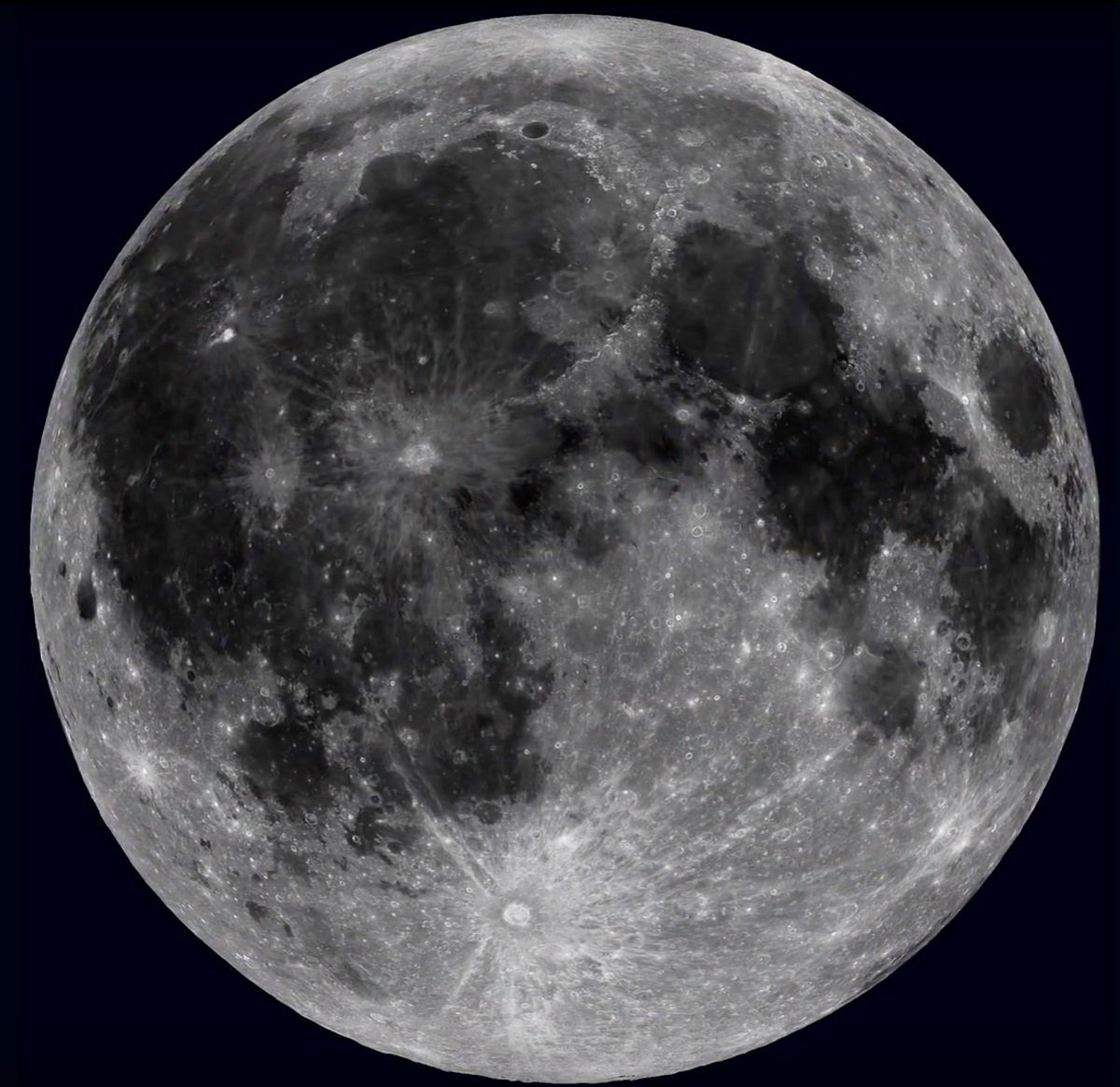
Where else in the solar system can you find volcanoes?
Moon: Our closest neighbor has small volcanoes, fissures and extensive flows of basalt, a fine-grained dark volcanic rock. The large dark basins that you can see on the Moon are areas of lava flows. However, there are no active volcanic features on the Moon.
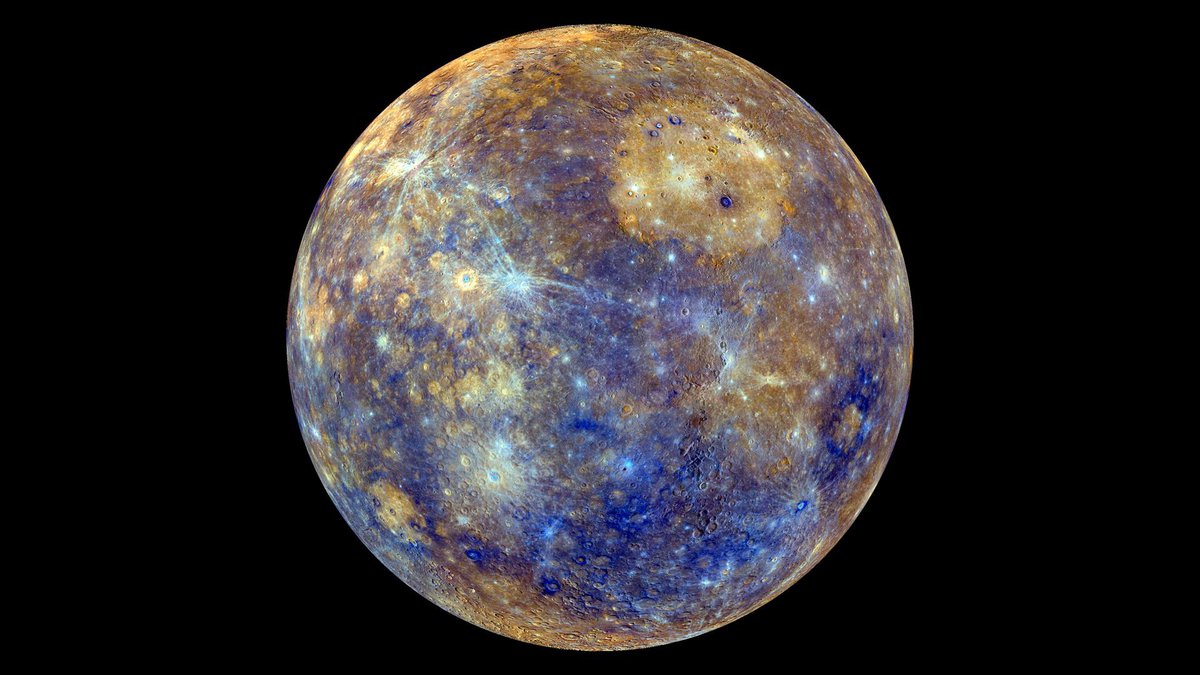
Mercury: NASA’s MESSENGER mission photographed much of Mercury's surface and found evidence of volcanic activity. Some of the lava flows are between one billion and two billion years old. Most of Mercury's widespread volcanic activity likely stopped within a billion years of its formation once its core sufficiently cooled.
Younger volcanic features are likely related to the combination of global contraction that put the lithosphere under stress and impact craters that created weak spots for magma to escape. Mercury has some young volcanic flows because it's shrinking.
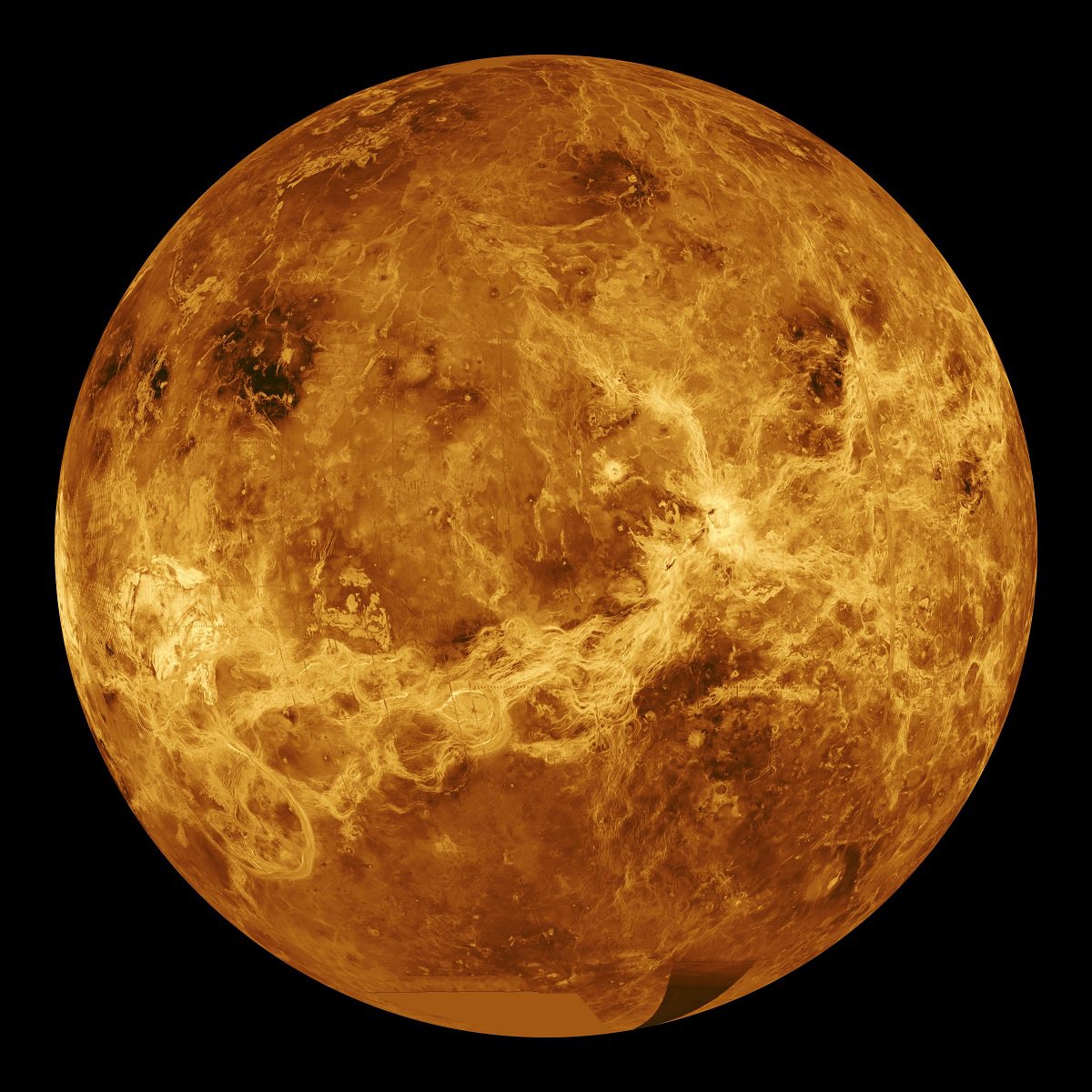
Venus: Venus has more than 1,700 volcanic features and many of these look fresh. Much of the surface of Venus has been covered by huge flows of basalt lava, probably in the last few hundred million years, and Venus, in fact, might be volcanically active today.
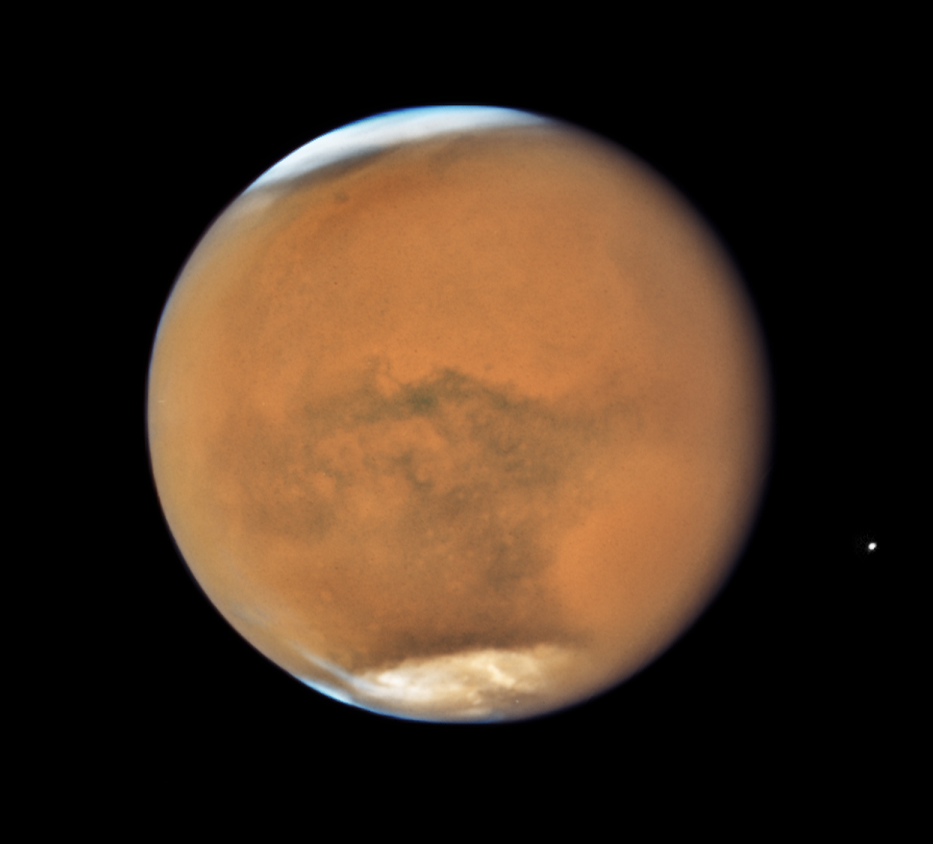
Mars: Mars has volcanic features that are similar to those on Earth, although much larger. They are large shield volcanoes -- like those in Hawaii -- that contain 100 times more mass that those on Earth.
Olympus Mons (first image) is the tallest volcano in our solar system - 14 miles high (2 ½ times the height of Mt. Everest) and 375 miles across, large enough to cover most of Virginia and Maryland! Very few impact craters can be seen on the lava flows of Olympus Mons, suggesting that it has probably erupted in the last few million years.
Many scientists consider Mars to still be volcanically active, even if we have not observed an eruption.
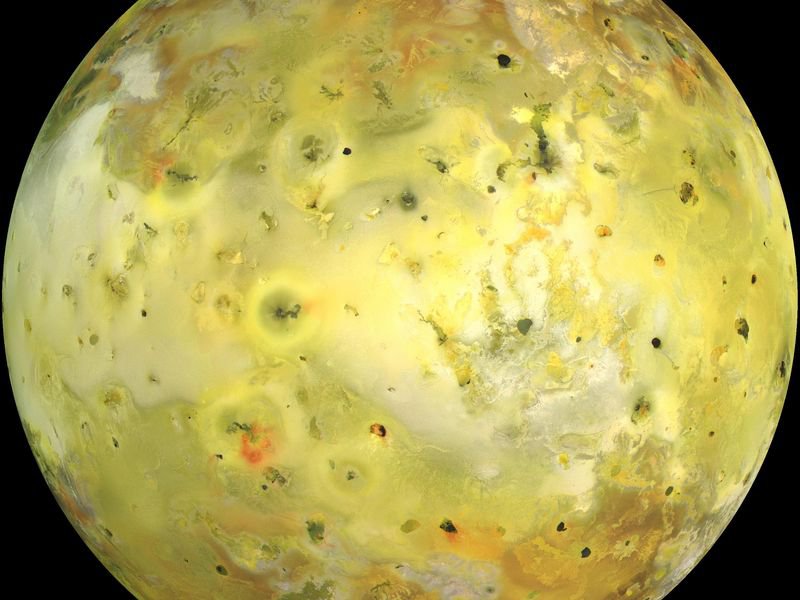
Io: Jupiter's innermost moon, Io, is the most volcanically active body in our entire solar system. NASA images show massive plumes shooting above the surface, active lava flows and walls of fire associated with magma flowing from fissures. The entire surface of Io is covered with volcanic centers and lava flows, which have covered all of its impact craters.
Io’s remarkable volcanic activity is not caused by planetary cooling but by tidal heating, a result of a tug-of-war between Jupiter's powerful gravity and smaller pulls from two neighboring moons – Europa and Ganymede.
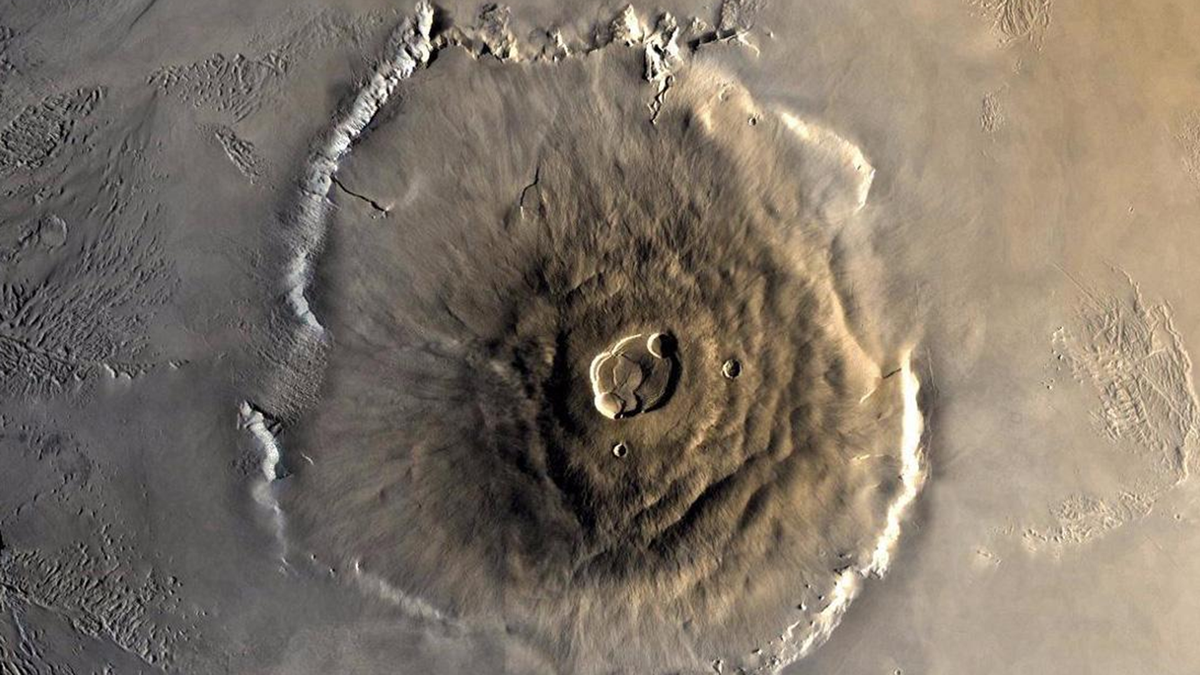
Why don't we find active volcanoes on all planets and moons?
Most active volcanoes occur on planets that are still hot. In general, the larger the planet, the slower it cools. Small planets or moons, like Mercury and our Moon, have cooled to the point that they are no longer hot enough to melt rock. Larger planets, like Earth and Venus, are still hot and still have active volcanism. Some small moons, like Io and Enceladus, have active volcanism due to tidal heating.
Love volcanoes? Learn more about volcanoes' awesome power of creation in Volcanoes: The Fires of Creation now showing in the Dome.
All images credit of NASA